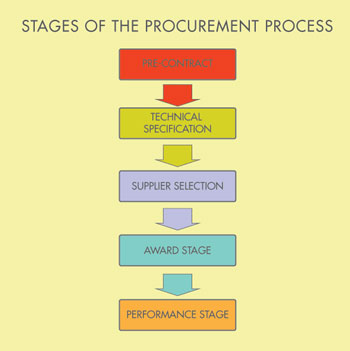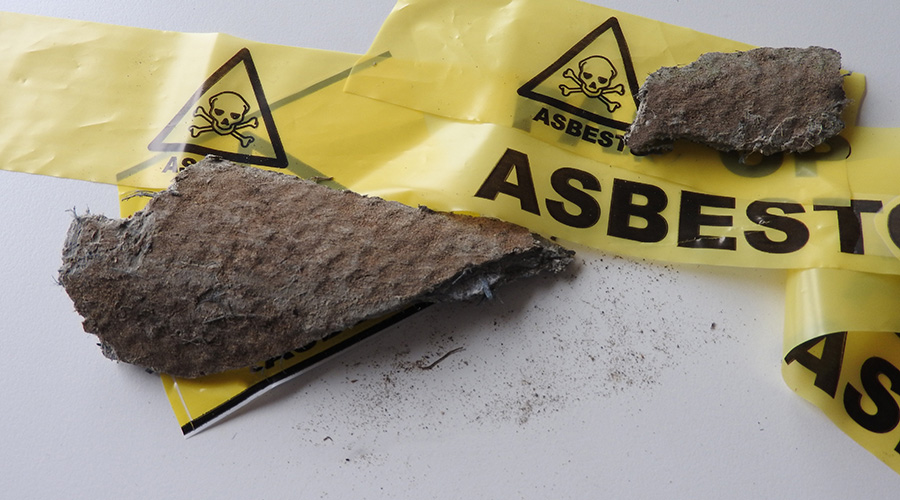Watch These Steps in Service Contract Transitions
Last of a 5-part article on making outsourcing changes and transactions run smoothly

It can be helpful to engage a third party team/consultant to assist with the transition. The transition process, because of its complexity and importance, requires dedication and focus. It can be problematic to assign transition responsibilities as “co-lateral duties.” Here is an example of some of the tasks required for a smooth transition that can easily be assigned to a consultant:
• Evaluating the CMMS data for completeness, accuracy, and suitability for transfer to the new service provider via a desk audit.
• Performing a field study to compare the accuracy of the CMMD data against the actual assets.
• Evaluating current asset conditions to minimize potential impact to operations and reduce the number of “differing conditions” the new service provider will encounter during start-up.
• Creating a contract transition management (CMT) plan, including a detailed contract transition checklist, transition schedule, risk management plan, and communications plan.
• Analyzing outstanding invoices and open work orders that may span the contract transition due to magnitude, operational factors, or material availability.
• Acting as transition “communicator” to ensure that each party is fully aware of the expectations for the new contract.
— Teena Shouse
FM Service Providers: Show What You’ve Accomplished Throughout Contract
One of the primary reasons why incumbents lose their re-bid is not the pricing or the content in the new proposal; it is about the past performance and communication throughout the current contract.
The issue is that the contractors rarely focus on improvements that have been documented throughout the contract, which affected the entire portfolio and the tenants/clients. If the service provider has “muddled along” and been unresponsive to the changing needs of the organization, the level of dissatisfaction could be insurmountable. If the service provider has failed to continuously improve and deliver innovation, the facility manager will not have faith that the provider will do it better the next time.
The best way to avoid contract churn is to begin on the right foot. Embed yourself better in the process to ensure future success. Most incumbents lose contracts primarily on past performance and poor communication, less on price. It boils down to the value statement, which needs to be communicated throughout the entire life of the contract. It is one thing to create a plan about the future, but the real issue is to document the improvements and fulfillment of the value proposition. Has the service provider partner lived up to the value proposition or enhanced it?
If a good monitoring program has been used throughout the contract period, the service provider can show the client and the service provider management solid improvements affecting not only the bottom line but also the people involved. This could be a key factor in a contract extension with or without a re-bid situation.
— Teena Shouse
Related Topics:
















